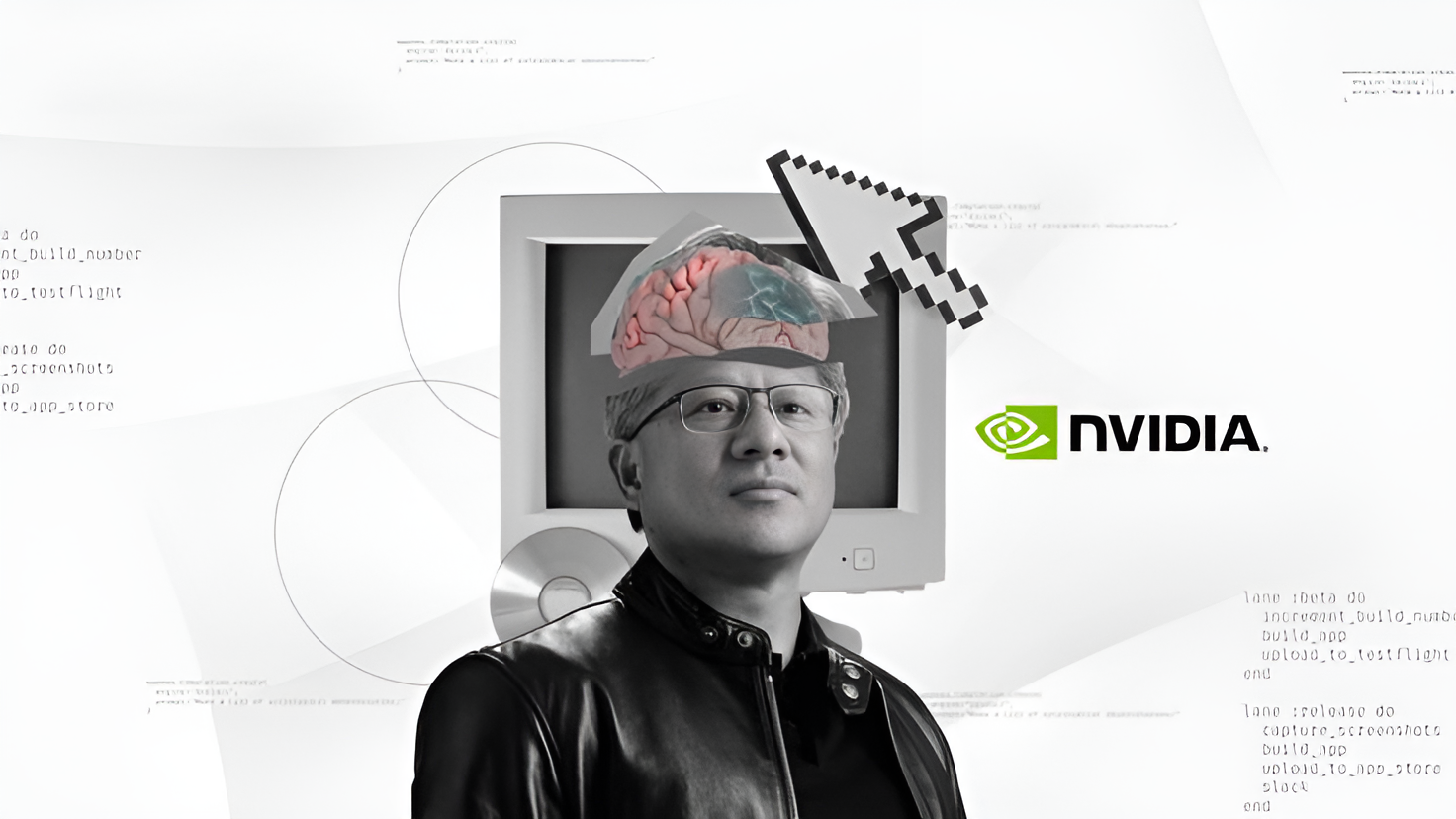How British enterprises are navigating the complex cybersecurity ecosystem in 2025
Published in Cybersecurity Strategy Review
The British cybersecurity market has evolved into a sophisticated ecosystem where traditional boundaries between network security, endpoint protection, and threat intelligence have dissolved. Our comprehensive analysis reveals a landscape dominated by platform consolidation, AI integration, and an unprecedented focus on real-time network visibility.
As organisations prepare for the transformative Cyber Security and Resilience Bill 2025, understanding the interconnected nature of cybersecurity tools and their market positioning has become critical for strategic decision-making.
The New Market Reality
The cybersecurity market in 2025 tells a story of dramatic consolidation and specialisation. Leading the charge is Splunk, commanding an impressive 52.63% market share in the SIEM space—a testament to its superior data analytics capabilities and extensive ecosystem integration. This dominance isn't merely about technology; it reflects enterprises' growing appetite for platforms that can make sense of increasingly complex data streams.
Microsoft Sentinel has emerged as the fastest-growing challenger with 12.08% market share, leveraging Microsoft's cloud infrastructure advantage. "What we're seeing is organisations gravitating towards solutions that integrate seamlessly with their existing technology stack," observes Dr Emily Richardson, Principal Analyst at Cyber Research Institute. "Sentinel's success demonstrates the power of native cloud integration."
The traditional players face mounting pressure. IBM QRadar, despite its robust correlation engine, holds just 9.35% market share—a position that reflects the broader challenge facing legacy SIEM platforms in adapting to cloud-native architectures.
Network Infrastructure: The Foundation Layer
The network security segment reveals a different dynamic, with Cisco maintaining technological leadership through continuous innovation. Their Hypershield AI framework represents a paradigm shift towards embedding intelligence directly into network infrastructure. With over 70% of FTSE 100 companies utilising Cisco networking equipment, their security integration strategy creates significant competitive advantages.
Fortinet has carved out a substantial position with 8.7% global market share by positioning itself as the "security fabric" provider. Their integrated approach—combining next-generation firewalls, network access control (FortiNAC), and security operations centre capabilities—resonates particularly well with mid-sized British enterprises seeking comprehensive yet manageable solutions.
"The beauty of Fortinet's approach is simplification," explains Sarah Thompson, CISO at a major British retailer. "Instead of managing fifteen different security tools, we have one fabric that talks to itself."
The AI-Powered Vanguard
Palo Alto Networks leads the AI revolution in cybersecurity with their Precision AI technology, capturing 11.3% market share through a relentless focus on autonomous threat detection. Their platform's ability to analyse network behaviour patterns in real-time has proven particularly valuable for British financial institutions facing sophisticated nation-state attacks.
SentinelOne represents the autonomous security frontier with 4.2% market share, despite being a relative newcomer. Their XDR (Extended Detection and Response) platform promises to transform security operations from reactive human-driven processes to proactive AI-managed systems. Early adopters in the UK report 60% reductions in mean time to detection.
Specialist Leaders: The Power of Focus
The British market has always appreciated specialised expertise, and several companies exemplify this approach:
BAE Systems Applied Intelligence maintains unique positioning in the government and critical infrastructure sectors. Their deep understanding of threat intelligence, combined with decades of defence sector experience, makes them indispensable for organisations requiring the highest levels of security assurance.
F-Secure (WithSecure), the Finnish cybersecurity leader, has gained significant traction in the UK with 1.8% global market share. Their endpoint-first approach and reputation for detecting previously unknown threats have attracted British enterprises seeking alternatives to American-dominated platforms.
Device42 exemplifies the power of singular focus, dominating the IT asset discovery and dependency mapping niche with 95% accuracy rates. Their passive discovery approach has become essential for organisations needing to understand their attack surface without disrupting operations.
The Open Source Advantage
Perhaps most intriguingly, open-source tools continue to punch above their weight in the British market. Nmap, with near-universal adoption (98% of UK enterprises), remains the gold standard for network discovery. Wireshark dominates protocol analysis with 92% market penetration among security professionals.
These tools' enduring popularity reflects a broader trend: the most innovative cybersecurity solutions often emerge from combining specialised open-source tools with commercial orchestration platforms.
Cloud-Native Disruption
Datadog represents the new generation of cloud-native security platforms, achieving rapid growth through their live network mapping capabilities. Their ability to provide real-time, colour-coded network visualisations has made them indispensable for organisations managing complex multi-cloud environments.
Elastic Security, built on the popular Elasticsearch platform, demonstrates how data infrastructure companies can successfully enter cybersecurity. With 8.5% market share, they've proven that superior search and analytics capabilities can differentiate security platforms in crowded markets.
Network Monitoring: The Competitive Battleground
The network monitoring segment showcases intense competition between established and emerging players:
SolarWinds maintains strong positioning with 6.1% market share through their Network Topology Mapper, which automates network discovery and integrates seamlessly with Microsoft Visio—a critical capability for organisations with extensive documentation requirements.
ManageEngine has captured 3.2% market share by focusing on cost-effectiveness without sacrificing functionality. Their OpManager platform proves that sophisticated network monitoring needn't require enterprise-level budgets.
The Regulatory Catalyst
The forthcoming Cyber Security and Resilience Bill is reshaping market dynamics by mandating continuous monitoring and rapid incident response for critical infrastructure providers. This regulatory pressure is accelerating adoption of platforms that can provide real-time network visibility and automated compliance reporting.
"The Bill isn't just changing what we monitor; it's changing how we think about cybersecurity architecture," notes Professor James Mitchell from the Centre for Cyber Security Research. "Organisations can no longer treat security as a bolt-on capability—it must be foundational."
Emerging Patterns and Market Dynamics
Several key trends are reshaping the competitive landscape:
Platform Consolidation: Enterprises increasingly prefer integrated platforms over point solutions. Companies offering comprehensive security fabrics (like Fortinet) or extensive ecosystem integration (like Splunk) are gaining market share at the expense of single-purpose tools.
AI Integration: Every major platform now incorporates machine learning capabilities, but the quality of implementation varies dramatically. Leaders like Palo Alto Networks and SentinelOne demonstrate the competitive advantage of AI-first architectures.
Cloud-Native Advantages: Platforms designed for cloud environments (Microsoft Sentinel, Datadog) are experiencing faster growth than those retrofitted for cloud deployment.
Specialisation Premiums: Companies with deep domain expertise (BAE Systems for government, Device42 for asset discovery) command premium pricing and customer loyalty despite smaller market shares.
Strategic Implications for British Enterprises
The network analysis reveals several strategic imperatives for UK organisations:
Embrace Ecosystem Thinking: The most successful cybersecurity strategies treat tools as interconnected components rather than standalone solutions. Organisations should prioritise platforms that excel at integration and data sharing.
Invest in AI Capabilities: The performance gap between AI-powered and traditional security tools is widening. Early investment in AI-capable platforms provides compounding advantages over time.
Consider Hybrid Approaches: The most resilient cybersecurity architectures combine best-of-breed specialist tools (often open-source) with commercial orchestration platforms.
Prepare for Continuous Compliance: The regulatory environment demands real-time monitoring and reporting capabilities that legacy tools often cannot provide.
The British Cybersecurity Advantage
The UK's unique position—combining robust regulatory frameworks, a sophisticated financial sector, and growing technological independence—creates opportunities for innovative cybersecurity approaches. British organisations that understand and leverage this ecosystem effectively will not only enhance their security postures but also position themselves as leaders in the global cybersecurity transformation.
The network map of British cybersecurity reveals an industry where success depends not on individual tool excellence, but on understanding the complex relationships between technologies, regulations, and business objectives. In this interconnected landscape, the winners will be those who can navigate complexity while maintaining focus on fundamental security principles.
As we advance through 2025, one pattern emerges clearly: the future belongs to organisations that view cybersecurity as a strategic ecosystem rather than a collection of tools. The most successful British enterprises will be those that master the art of orchestrating diverse cybersecurity capabilities into coherent, adaptive security postures.





















Discussion